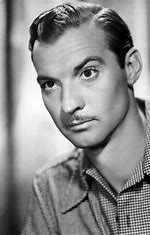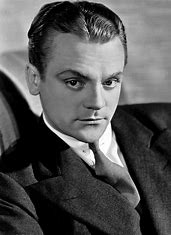Introduction
Zachary Scott was an American actor who made a name for himself in Hollywood during the 1940s and 1950s. He was known for his suave and sophisticated persona, which made him a popular leading man in films of the era. However, his career was cut short by his untimely death at the age of 51. In this blog post, we will explore the life and career of Zachary Scott, including his early years, rise to fame, and legacy in the entertainment industry.
Early Life and Education

Zachary Scott was born on February 21, 1914, in Austin, Texas. He was the youngest of three children and grew up in a wealthy family. His father was a successful surgeon, and his mother was a socialite. Despite his privileged upbringing, Zachary had a rebellious streak and often clashed with his parents.
Education and Early Career
After graduating from high school, Zachary attended the University of Texas at Austin, where he studied English and drama. He was an active member of the university’s theater group and appeared in several productions. However, he dropped out of college before completing his degree and moved to New York City to pursue a career in acting.
In New York, Zachary struggled to find work as an actor and took on various odd jobs to make ends meet. He eventually landed a role in a Broadway play and caught the attention of Hollywood talent scouts. In 1943, he signed a contract with Warner Bros. and moved to Los Angeles to begin his film career.
Rise to Fame
Zachary Scott’s first major film role was in the 1944 movie “The Mask of Dimitrios,” in which he played a charming but ruthless criminal. The role showcased his talent for playing complex and morally ambiguous characters, and he quickly became a sought-after leading man.
Notable Films
Some of Zachary Scott’s most notable films include “Mildred Pierce” (1945), in which he played the scheming playboy Monte Beragon opposite Joan Crawford; “Flamingo Road” (1949), in which he played a corrupt politician opposite Joan Crawford; and “The Young One” (1960), in which he played a racist landowner in a controversial film directed by Luis Buñuel.
Later Years and Legacy
In the 1950s, Zachary Scott’s career began to decline, and he struggled to find work in Hollywood. He turned to theater and appeared in several productions on Broadway and in regional theaters. He also became involved in business and worked as an investment banker in Seattle, Washington.
Death and Legacy
Zachary Scott died on October 3, 1965, at the age of 51. The cause of his death was liver cancer. Despite his relatively short career, he left a lasting impression on the entertainment industry and is remembered as a talented and versatile actor. His legacy continues to inspire aspiring actors and filmmakers today.
FAQ
Who is Zachary Scott?
Zachary Scott was an American actor born on February 21, 1914, in Austin, Texas. He appeared in several films and television shows during the 1940s and 1950s.
What were some of Zachary Scott’s most famous roles?
Zachary Scott is best known for his roles in films such as “Mildred Pierce” (1945), “The Southerner” (1945), and “Flamingo Road” (1949). He also appeared in several television shows, including “The Twilight Zone” and “Alfred Hitchcock Presents.”
What was Zachary Scott’s career like?
Zachary Scott began his acting career on stage before transitioning to film and television. He was known for playing suave, sophisticated characters with a dark edge. He appeared in over 30 films and numerous television shows throughout his career.
What was Zachary Scott’s personal life like?
Zachary Scott was married twice and had two children. He was known to have a love for the arts and was an avid collector of paintings and sculptures. He passed away on October 3, 1965, at the age of 51 from a brain tumor.
What is Zachary Scott’s legacy?
Zachary Scott is remembered for his unique acting style and his contributions to film and television during the Golden Age of Hollywood. He is also known for his support of the arts and his dedication to collecting and preserving works of art.


